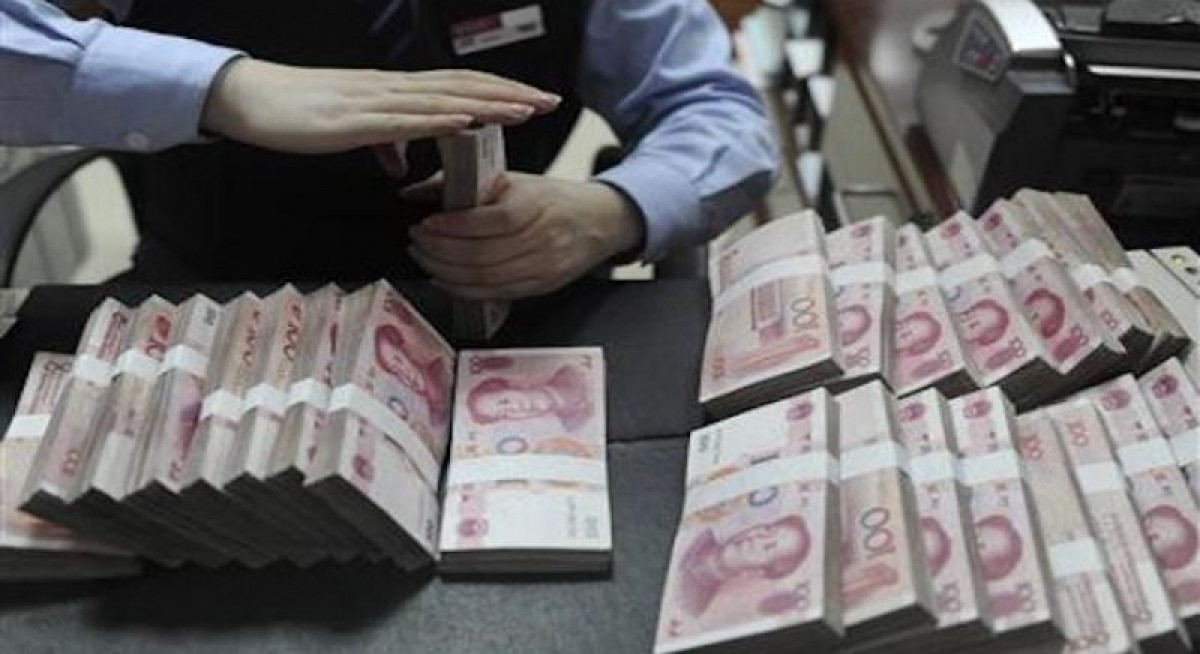The Central Government Economic Work Conference concluded that the Chinese economy faced three new risks. These are reduced demand, disrupted supplies and weakened expectations. In particular, the Chinese economy faces shocks in chips, electricity, containers and labour supplies. These are all challenges to sustained economic growth and are also a concern for those considering exporting goods and services to China in 2022.
Unlike many Western countries, China has not implemented a loose monetary policy stance since the outbreak of Covid. This means China offers a very attractive yield for global investors. The Chinese interest rate is a long way away from zero, so in theory China has room to ease interest rates to assist economic recovery. However, this poses a contradiction for China in global terms.
If the US Federal Reserve speeds up tightening by raising interest rates, then it would be unrealistic for the Chinese central bank to ease interest rates. A rising US interest rate and a falling Chinese interest rate environment will trigger capital flight out of China back to the US in search of higher yields.
Some analysts believe this would trigger a massive financial shock to the Chinese system, akin to the effects of the Asian Financial Crisis. Others believe this is an exaggeration, but it is clear there will be a significant impact should this interest rate disparity develop. After all, it is the current interest rate disparity in China’s favour that has boosted the Chinese bond market.
See also: Hong Kong holds legislative election as city mourns deadly blaze
Like it or not, China’s central bank policy is linked to the US monetary policy for as long as the yuan is pegged to the US dollar. This puts constraints on China’s ability to manage its economy. Inevitably this will speed up the roll-out of China’s sovereign digital currency and its use as a trade settlement currency.
Moving into 2022, the key features for business and investors to watch in the Chinese landscape are the impact of China Digital Currency on the way cross-border trade is transacted and settled. Another is the growing impact of the Common Prosperity policy, which is bringing the super-rich to heel and dampening the prospects for the higher-end luxury markets. The neutering of Big Tech and the introduction of digital privacy laws also changes the way business can use big data to expand sales penetration and expansion.
Despite these challenges and a small reduction in economic growth, China remains the most attractive business and investment market in the world. Investors will not ignore it.
See also: Wall Street bets Chinese stocks will extend US$2.4 tril rally
Technical outlook for the Shanghai market
The second attempt by the Shanghai Index to move above long-term horizontal resistance near 3,610 has been successful. The rapid rally moved quickly towards the next trendline resistance level near 3,700. The index then rapidly retreated. This is a rally breakout and it is moving too quickly to be called a trend.
There are three features to consider when analysing this chart.
The first feature is the long-term influence of the horizontal resistance level near 3,610. Previously, we located resistance near 3,580; but when the current index activity is included, it now appears that resistance is best located near 3,610. This resistance level has been decisively broken. It now acts as a support level as the index pullback develops.
The second feature is the influence on the market of the longterm uptrend line A. The anchor point for this line is March 2021. From March until July 26, this line acted as a support feature. Every time the market fell and hit the value of trendline A, it was followed with a rebound.
From July 26 until September, the uptrend line acted as a resistance level, capping the rallies. The September breakout was brief, and on Sept 28, the index again fell below the value of uptrend line A. Since that date, the line has acted as a resistance level.
For more stories about where money flows, click here for Capital Section
This means the current rally pause around the value of uptrend line A and the retreat is not unexpected. A successful breakout above the value of this line has a target near 3,730. This is also the value of a long-term double-top pattern. It was near the peak of the index rise in February 2021 and again in September. This is the first resistance target for any breakout above the value of trendline A when the rebound rally resumes.
The third feature is the difference in the behaviour or trends and rallies. A rally moves quickly upwards and contains no significant retreats. The rally starting on Sept 1 near 3,544 moved quickly to the peak of 3,723 on Sept 10 and then rapidly collapsed. This is the behaviour of rallies and it has been repeated with the most recent rally.
A trend consists of smaller rallies and small retreats as the price activity develops. It is a good mixture of up- and down-days. The valleys in these retreat and rebound patterns allow for the placement of a trendline and this is used to define the trend.
This type of behaviour has not fully developed in the Shanghai Index, so the rapid collapse of the rally will set a new rebound point. A small retreat followed by another rally is a good behaviour because it provides anchor-points for a stable trendline and a stable trend development.
Daryl Guppy is an international financial technical analysis expert and special consultant to Axicorp. He has provided weekly Shanghai Index analysis for mainland Chinese media for two decades. Guppy appears regularly on CNBC Asia and is known as “The Chart Man”. He is a national board member of the Australia China Business Council. The writer owns China stock and index ETFs
Photo: Bloomberg




